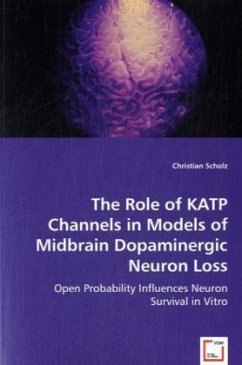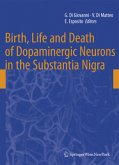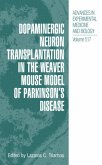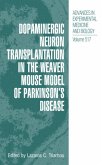The dopaminergic neurons of the ventral midbrain (mesDA neurons) form several distinct sub-populations which are involved in emotional control, reward behaviour and motor control. In patients with Parkinson's Disease, the dopaminergic neurons of the substantia nigra, pars compacta (SNpc) gradually die. One focus of research has been to find an explanation why the SN pc neurons aremore vulnerable to cellular stress than other neuronal populations. KATP channels consist of Sur 1 or 2 and Kir 6.1 or 6.2 subunits andlink the metabolic state of a cell to its membrane potential. Hypothetically, the normal open-closed state of KATP channels mightinfluence cellular survival when the mesDA neurons are under oxidative stress. In this work, I show that blocking KATP channels in vitro by pharmaceutical means has a positive effect on cellsurvival when mesDA are under oxidative stress. Conversely, for cedactivation of KATP channels under these conditions leads to an increased rate of cell death. This highlights the importance of KATP channel function and may give a new direction in the development of drugs targeting Parkinson's disease.








